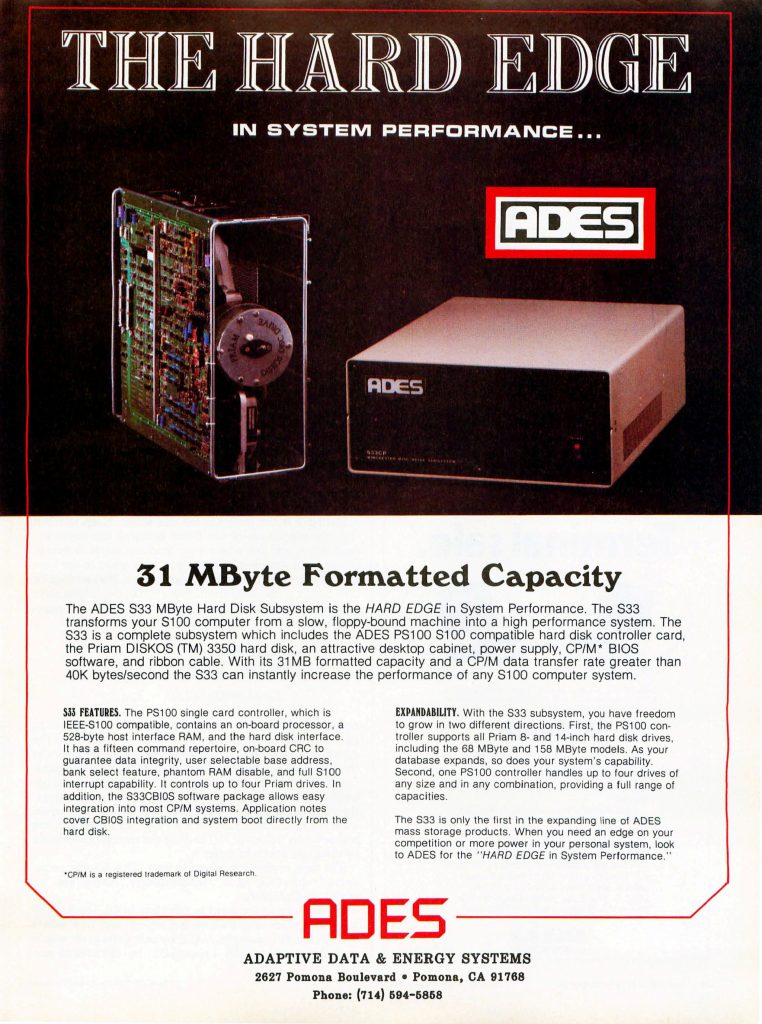Dropbox posted an analysis of its adoption of shingled magnetic recording (SMR) drives in its data centers.
SMR is a storage method that writes data to overlapping magnetic tracks. The technique allows for higher storage density and lower power consumption but generally results in slower write speeds, as multiple tracks may have to be overwritten to write new data to the drive.
The adoption of SMR got Western Digital into legal trouble a few years ago after it surreptitiously began shipping SMR drives as part of its Red NAS line of hard drives without informing consumers.
In its analysis of its adoption of SMR, Dropbox notes that as of 2023, about 90 percent of the hard drives in its data centers are SMR.
The advantages are a roughly 20 percent increase in density while leading to large declines in power usage requirements,
The energy required to operate our hard drives is measured in power consumption per terabyte (TB/watt). Since our first 4 TB deployment, TB/watt has decreased by around 5-6x—largely because our SMR drives can cram more terabytes into the same physical and energy footprints as conventional PMR drives.
Our very first 14 TB SMR drive almost cut our power footprint in half for idle and random read workloads compared to its PMR predecessor. Our latest 18 TB and 20 TB drives show an amazing ~.30 watts per 1 TB in idle and ~.50 watts per 1 TB for random read workloads. Data from our vendors suggests this trend will continue, even as capacities increase.
Even as it is extolling the virtues of SMR, however, Dropbox is already preparing for the future, which it believes is heat-assisted magnetic recording (HAMR). HAMR is a technique that heats the hard drive to 450 degrees Celsius for a nanosecond as it writes data. This allows data to be stored in smaller areas on the disk, allowing overall disk density to be much higher. HAMR promises future 3.5″ hard drives with 50TB capacities.
In anticipation of this next jump in areal density, our focus has shifted from increasing the number of HDDs in our enclosures to minimizing the impact that physical vibrations can have on the I/O performance of higher density drives. While there was much more margin for vibrations in prior designs, that margin is now much less as HDD data tracks become smaller and spaced more closely together. It’s common to see high frequency vibrations cause head positioning errors, which can, in turn, cause performance degradation. Vibration can come from fans, the rotational forces and seek actions of nearby HDDs, even the HDD itself—or, when frustrated enough, a yelling engineer. ?
Our focus in the future will be to minimize HDD performance degradation from system vibrations by suppressing structural vibration of the system chassis and reducing fan noise. Putting more focus into this area will be critical as we onboard next generation HDDs, and it’s great to see some efforts already underway in the Open Compute Project (OCP) community. We are planning to leverage the OCP’s HDD Acoustical Surrogate—a new industry-standard specification for vibrational testing—in our seventh generation designs.
